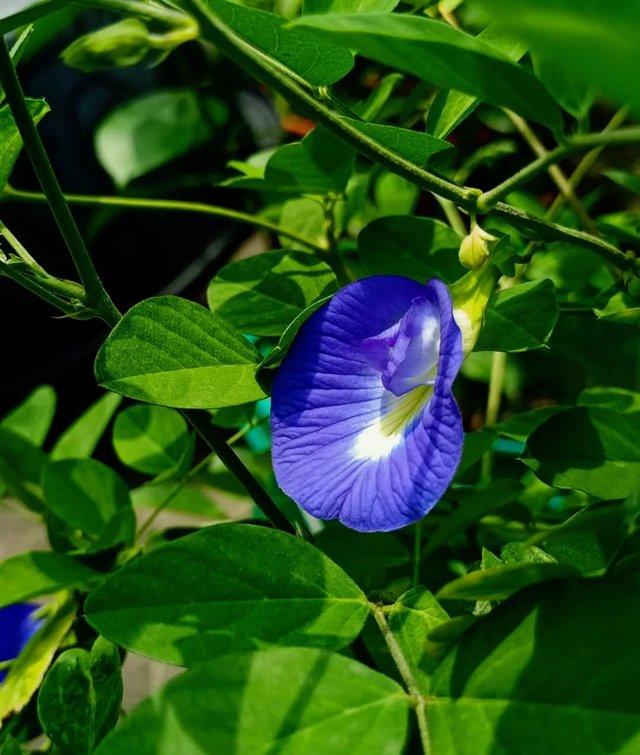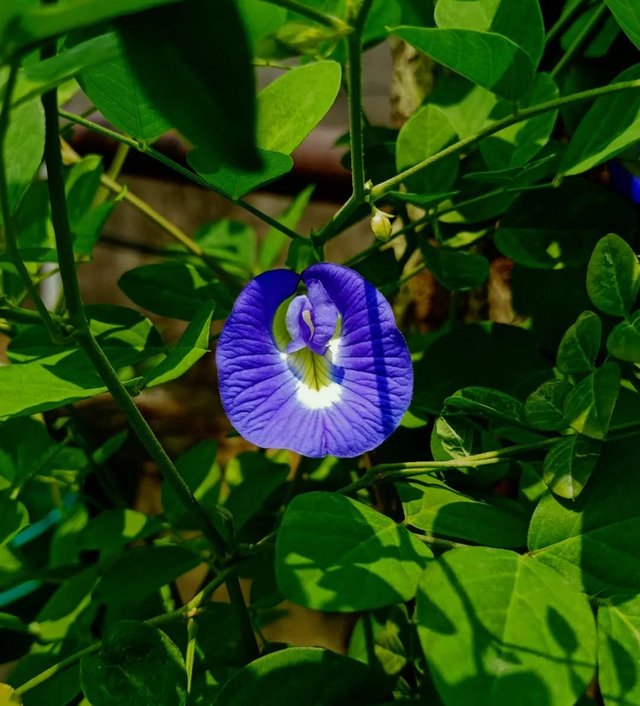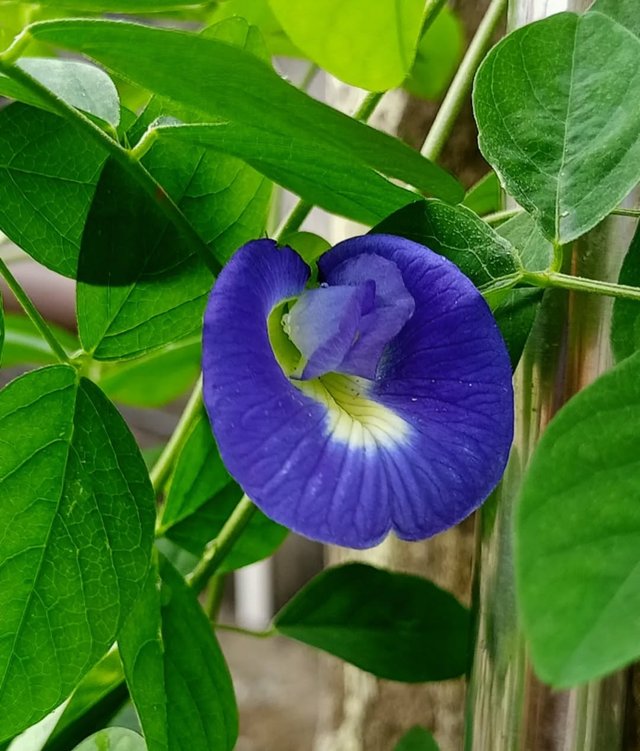Asian Pigeonwings Flower
Asian Pigeonwings– A Fascinating Flower of Nature
Asian pigeonwings, also widely known as Butterfly Pea, Bluebellvine, Aparajita, or Shankhapushpi in different regions, is one of the most admired flowering plants in tropical and subtropical areas. With its striking deep blue petals and delicate white throat, this plant has captured the attention of botanists, gardeners, herbalists, and spiritual practitioners for centuries.
Botanical Profile
Family: Fabaceae
Genus: Clitoria
Species: C. ternatea
Origin: Native to tropical Asia, but now naturalized across Africa, Australia, and the Americas.
Growth Habit: A fast-growing, twining climber with slender stems and compound green leaves.
Flowers: Distinctive, vibrant blue or sometimes white petals shaped like a conch shell or butterfly wings, hence the name “Butterfly Pea” and “Pigeonwings.”
Symbolism and Cultural Significance
The Asian pigeonwings is more than just a flower—it holds deep spiritual and cultural value. In Hinduism, it is considered sacred to the goddess Aparajita, symbolizing victory, strength, and purity. The plant is often used in traditional rituals and Ayurvedic practices. Its vibrant blue color also represents calmness, clarity, and divine energy.
Traditional Uses
For centuries, pigeonwings have been valued for their medicinal and nutritional properties:
Ayurveda & Traditional Medicine: Used as a brain tonic, stress reliever, and memory enhancer.
Tea & Culinary Delights: The petals are steeped to make butterfly pea flower tea, a caffeine-free herbal drink that changes color when lemon juice is added, turning from deep blue to purple. In Southeast Asia, it’s also used as a natural food coloring in rice dishes, desserts, and drinks.
Cosmetic Use: Extracts are incorporated into skincare and hair products due to their antioxidant properties.
Folk Medicine: Believed to aid digestion, reduce inflammation, and promote healthy eyesight.
Nutritional and Health Benefits
Modern research has revealed that Clitoria ternatea contains beneficial bioactive compounds:
Anthocyanins: Responsible for the brilliant blue color and known for strong antioxidant activity.
Flavonoids: Support heart health and boost immunity.
Anti-inflammatory & Anti-microbial Properties: Help fight infections and soothe inflammation.




%20(10).jpeg)